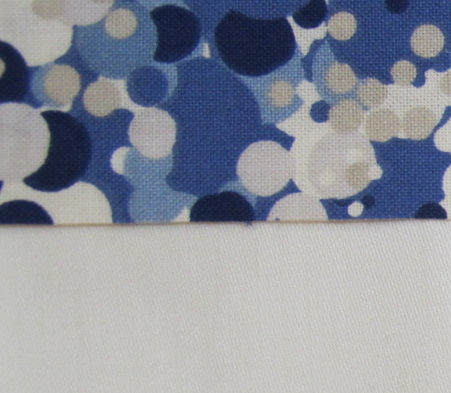 I remember when we used to sew to save money.
I remember when we used to sew to save money.
In the beginning, there were flour bags, old clothing and scraps from new clothes. These made up the quilting fabric. Remember the labyrinthine crazy quilts of the Victorian era, and the flour sack quilts that started popping up in the 1920’s? Frugal has been part of quilt making since the beginning, but, with the cost of fabric today, can we be frugal quilters? Importantly, should we be frugal quilters?
Every quilter has to set his or her own limits, but, from my experience, it’s all in how you look at “frugal,” and in how you look at “cheap.”
Relative value of time, vs cost of materials and emotion/heart vs life cycle of a quilt.
All 100% Cotton Fabric is Not Alike
You have to understand the fabric before you can make any decisions.
All cotton quilt fabric begins as unbleached, untreated cotton. But, even at this basic level, not all cotton is alike.
Thread count….the number of threads woven into a square inch of fabric constitutes it’s “thread count.” Many quilters like a thread count of around 70 threads per square inch. A lower thread count will fray and fall apart, and stretch. A higher thread count can be tough to get a needle through (and tougher to get the holes out if you need to rip.)
Larger chain stores often have less expensive fabric. Don’t assume this is because they buy in volume. Often the base fabric they are selling has fewer threads per inch. Make sure you look at the fabric you’re buying for a nice tight thread count. It can help to bring a swatch of fabric that you know has 70 threads per inch to compare. Also, make sure you feel the fabric you’re buying. Often, the fabric with fewer threads per inch is treated with a stabilizer that makes it feel a bit stiff. Making the choice
Many say it depends on your skills. They insist that the expense of higher quality fabric is unnecessary if your skill level is not advanced. I disagree. There are many reasons I think beginning quilters, especially, should use the best quality fabric:
- It is harder to piece well if fabric is stretching or fraying.
- It takes a beginner even more time to complete a quilt than it takes an advanced quilter, why risk taking all that time to produce a quilt that could fall apart because of low quality materials?
- Many first quilts are one and done. That is, the maker finds quilting isn’t their thing. If you use better quality materials, the only quilt you ever make will last generations. (See Feb. 6, 2018 Blog titled: Great Grandma Book’s Quilt.)
For myself, I love the tactile nature of the quilting process. Better fabric is nicer to touch. Using anything but good materials is a waste of my quilting time.
Live well. Quilt well.
